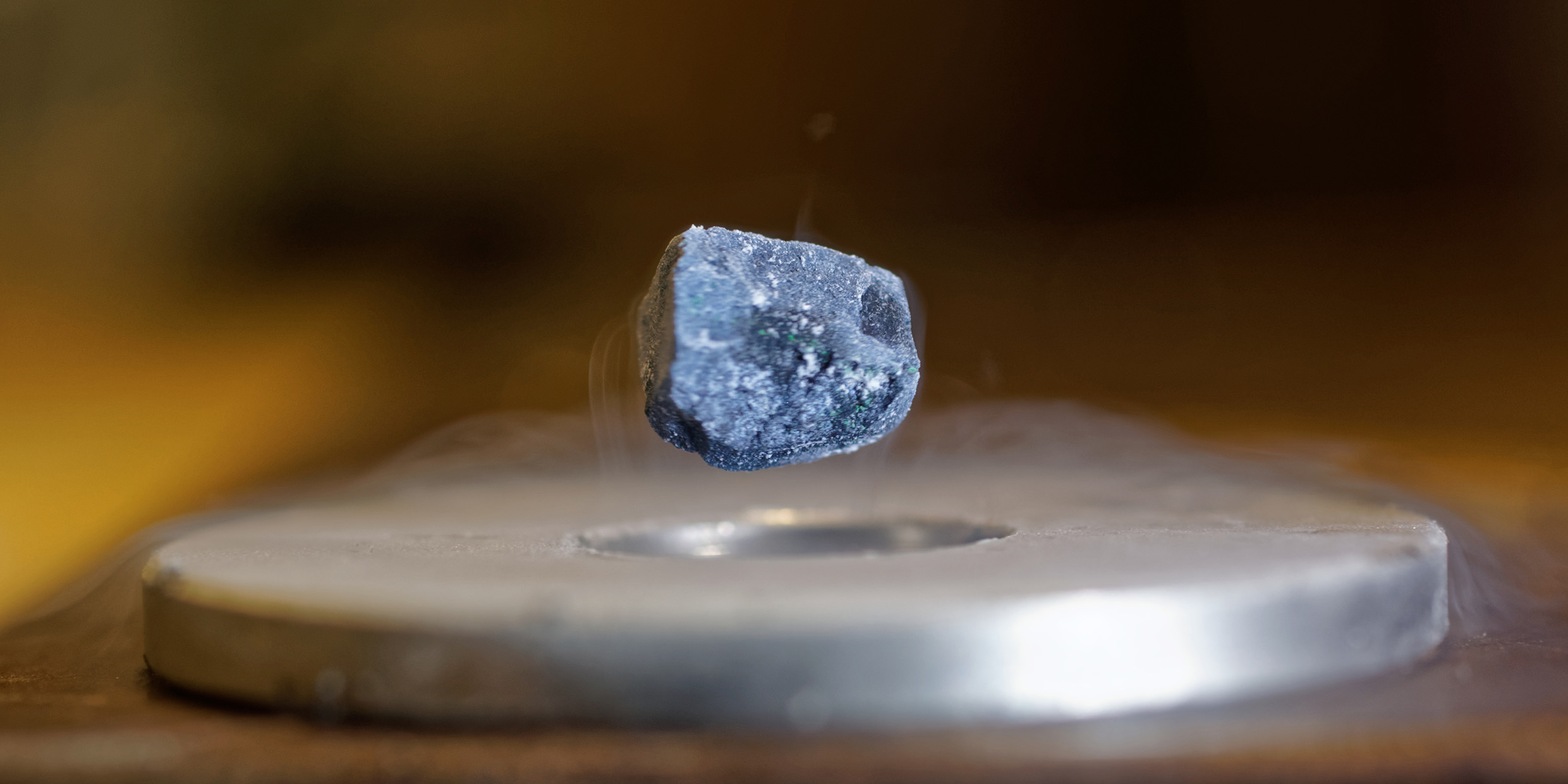Originally published 1 June 1987
Consider the word “market.” First, it suffered a certain aggrandizement and became “supermarket.” Then, as compact supermarkets appeared on the scene, a new word was needed. The simplest solution would have been a return to “market.” What in we ended up with instead was “superette,” a curiously self-canceling word made of a prefix and a suffix with nothing in the middle.
The superfication of language has also been showing up in science, and sometimes with equally curious results. In recent months, for example, the physicists have given us superstrings, supersymmetry, supergravity, and — take a breath — the superconducting supercollider. Science is supersaturated with “supers.”
When a “new star” appeared in the heavens in Renaissance times it was termed, in Latin, a stella nova. This was later abbreviated to the English word nova. Then it turned out that “new stars” were not new stars at all, but old stars exploding. The explosions are novel even if the stars are not, so nova (sans stella) works fine. And it was only natural that the brightest of these supernal events should be called supernovas.
When Time magazine ran a cover story on the recent supernova—the brightest in almost 400 years — the editors chose as their headline the single word “BANG!” A bang may be the best term yet for a supernova. That would make a nova a mini-bang. Even bigger than a bang, of course, is the Big Bang, the beginning of the universe itself, which only narrowly escaped being called the Superbang.
Supra vs. super
Supersonic is another superword in science with sound credentials. Perhaps “supersonic” should have been “suprasonic,” since it doesn’t mean extra-sonic but beyond-sonic. Suprasonic isn’t quite as super a word as supersonic, and faster-than-sound aviation seemed to call for something superlative. The supersonic airliner is called an SST (supersonic transport). There are plans to go beyond the SST with a new rocket-plane that will fly to Tokyo in a matter of minutes. The new craft could be called the SSST (super-supersonic transport), or perhaps the UST (ultrasonic transport). The prefix “ultra-” is always risky, putting as it does a kind of cap on the escalation of language.
For a while, computers moved in the opposite direction, resisting the tendency to be superized. First there were minicomputers. Then microcomputers. Which became truncated to just minis and micros. But now, at last, supercomputers have arrived. The superest of them consists of many micros working together. Supercomputers will get smaller. We can expect mini-supers and micro-supers before the cycle of superfication begins again.
All of which brings me to the second (with the supernova) of the science superstories of the year — superconductivity.
Conductivity refers to the ability of a material to conduct electricity. All normal materials have some resistance to the flow of electricity, which can be thought of as a kind of friction for electrons. The “friction,” or resistance, produces heat, so that energy is lost when electricity is transmitted from one place to another.
In 1911 it was discovered that if certain materials are cooled to a temperature close to absolute zero (-273 degrees Centigrade) their resistance to the flow of electricity vanishes. The phenomenon was called superconductivity by its discoverer, the Dutch physicist Heike Kamerlingh Onnes.
Perpetual motion
If an electric current is established in a superconducting loop of wire, it will continue to flow without a driving force. Such a loop is a perpetual motion machine, of sorts, but of course the loop must be kept super-chilled, typically by immersion in liquid helium, a supercold substance. So far, the cost and bother of cooling materials to such low temperatures has limited superconductivity to only a few applications. The $4.5‑billion proton accelerating machine recently approved by President Reagan — the superconducting supercollider — will use superconductors for the magnets that will hold the subatomic particles in their track in route to supercollisions.
And now in recent weeks comes the discovery of new ceramic materials that become superconducting at temperatures as high as 90 degrees above absolute zero, or only 183 degrees below zero Centigrade. These “balmy” temperatures (superconductively speaking) can be easily maintained using liquid nitrogen, a substance that is cheaper than milk. The new materials will have wide application to faster computers, more powerful magnets, and cheaper electrical power transmission. It seems reasonable to call this family of new ceramics super-superconductors.
The ceramic breakthrough was so unexpected that it has raised the hope that superconductivity may eventually be possible at ordinary room temperatures, if only the right material can be found. If room-temperature superconductivity is achieved it will be one of the most important scientific breakthroughs of our time, and will revolutionize many areas of technology. Electricity will flow without impediment or cost.
Room-temperature superconductivity will require a name, and calling it super-super-superconductivity may be carrying things too far – a superfluity of supers. I would suggest that the hoped-for phenomenon be called simply supertivity, a “superette” sort of word with no middle, superbly suited to its task. Remember, you heard it here first.



